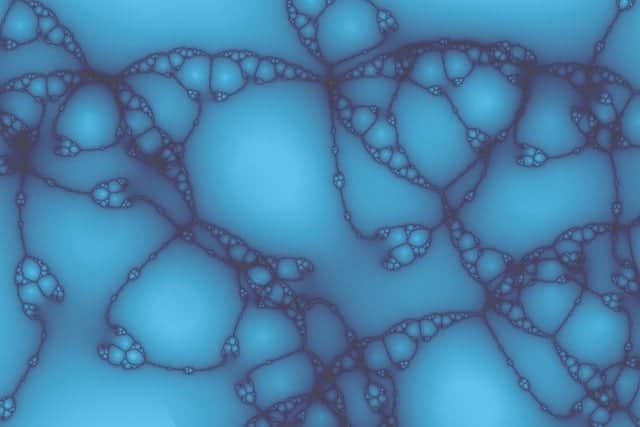
The stroma is a connective tissue that provides support to the parenchyma.
The first thing we are going to do is know the etymological origin of the term stroma that concerns us now. In this case we can state that it is a word that derives from Greek, exactly from stroma , which can be translated as "tapestry."
The concept is used in the field of biology to name the fabric that, in a tissue, supports the cells .
What is stroma
It can be said that the stroma is a type of connective tissue that provides support to another type of tissue (the parenchyma ), which carries out different actions in the organ . In any case, the stroma and the parenchyma interact in various ways and neither can fulfill its functions without the other.
Beyond this, it is usually stated that the stroma is the supporting tissue, without other specific functionality, while the parenchyma is the tissue that, due to its characteristics, makes the organ functional.

In the field of botany, the stroma is the inner part of the plastid.
Its link with cancer
In recent years, scientists have studied the role of stroma in the progression of cancer in an organism. It has been detected that, in certain types of cancer, tumor cells are surrounded by the stroma, whose non-tumor cells influence the progression of the disease.
Although research is still ongoing, it is believed that fibroblasts (the type of cell that appears in the greatest proportion in the stroma) would promote the production of a protein that affects the invasiveness of tumor cells. On the other hand, the stroma around these cells would contribute to the spread of the tumor through the blood and would undermine the effectiveness of the drugs.
Gastrointestinal stromal tumors
Likewise, we have to know that there are gastrointestinal stromal tumors . These are diseases that occur when abnormal cells form in the tissues in the gastrointestinal tract. Among the symptoms that indicate the existence of those are some such as vomiting, intense pain in the abdominal area, difficulty swallowing, constant feeling of tiredness or the appearance of blood in the stool, for example.
These tumors can be malignant or benign and, as a general rule, they usually appear in the small intestine and stomach. To detect them, it will be necessary for the doctor handling the patient's case to not only undergo a physical examination but also to inquire about his or her history and perform a CT scan as well as an MRI or an endoscopy.
a part of the cornea
In the same way, we cannot ignore the existence of what is known as corneal stroma.
It is a part of the cornea, as its name indicates, which occupies around 90% of its thickness, which has an approximate thickness of about 500 microns and whose structure is composed of matrix, collagen fibers and even keratocytes.
The stroma in botany
In the field of botany , finally, the stroma is the interior area of the plastid .
It is a compartment that houses the enzymes that are needed for the development of photosynthesis reactions that do not require light.
